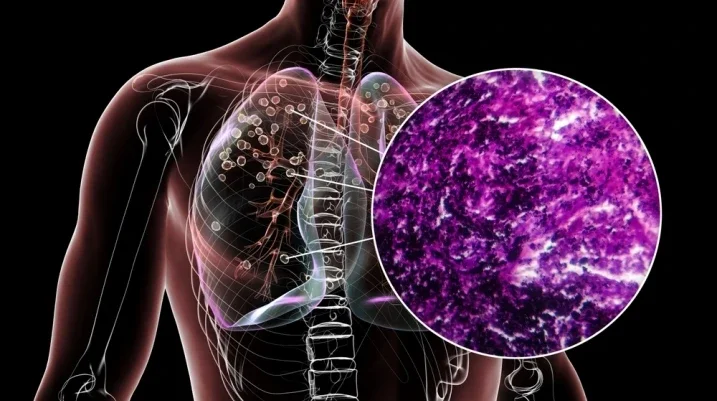Silicosis Lawsuit: Holding Employers and Manufacturers Accountable

Silicosis is a serious, often disabling lung disease caused by inhaling fine particles of crystalline silica, a mineral found in construction materials like concrete, brick, engineered stone, and natural stone. This disease primarily affects workers in industries such as construction, mining, stone fabrication, and manufacturing, where exposure to silica dust is common.
If you were exposed to this material without being provided adequate safety measures, you may be entitled to compensation for your suffering. Contact Morgan & Morgan for a free case evaluation to learn more about your legal options.
What Is Silicosis?
Silicosis is a form of pneumoconiosis (lung disease) that results from the inhalation of silica dust, which scars and damages lung tissue. Over time, this can lead to severe respiratory problems and make it difficult to breathe. Silicosis is considered preventable, yet it continues to impact thousands of workers each year.
Types of Silicosis
Silicosis presents in three main forms:
- Chronic Silicosis: Develops after long-term exposure, typically over 10-20 years.
- Accelerated Silicosis: Occurs after shorter periods of exposure (5-10 years) at higher levels.
- Acute Silicosis: Rapid onset after very high exposure, sometimes within months, and is the most severe.
Each type presents unique challenges, but all share the risk of severe lung damage and the potential for further complications.
Common Causes of Silicosis
Silicosis occurs when workers inhale tiny, respirable particles of crystalline silica. The most common causes include:
- Engineered Stone Fabrication: Cutting, grinding, and polishing engineered stone, which contains high levels of silica, can release dangerous amounts of silica dust.
- Construction and Demolition: Tasks such as drilling, cutting, and grinding can release silica dust.
- Mining and Quarrying: Miners are exposed to silica in rock dust.
- Manufacturing and Sandblasting: Workers may inhale silica in processes using materials like sand, ceramics, and glass.
Without proper safety measures, workers are at high risk of exposure.
Health Risks and Symptoms of Silicosis
The symptoms of silicosis often begin gradually and worsen over time. They include:
- Persistent cough
- Shortness of breath
- Fatigue
- Chest pain
In severe cases, silicosis can lead to respiratory failure and increase the risk of other conditions, such as tuberculosis and lung cancer.
Legal Rights of Silicosis Victims
Employers and manufacturers are responsible for ensuring the safety of their workers. This includes implementing proper ventilation systems, providing personal protective equipment, and conducting regular health screenings. If they fail in these duties, they can be held legally accountable.
Recent reports have highlighted a surge in silicosis cases among workers handling engineered stone, particularly those involved in countertop fabrication and installation. If you or a loved one has been diagnosed with silicosis after working in these conditions, you may have the right to seek compensation for:
- Medical expenses
- Lost wages
- Pain and suffering
- Other related damages
How Morgan & Morgan Can Help
Navigating a silicosis lawsuit can be complex, but our experienced attorneys are here to guide you through the process. We will:
- Investigate your exposure history
- Gather necessary medical documentation
- Identify liable parties
- Advocate on your behalf to secure the compensation you deserve
Don't wait to take action. There are time limits for filing claims, so it's crucial to seek legal advice promptly.
Contact Morgan & Morgan today for a free, no-obligation case evaluation. We're here to help you hold negligent employers and manufacturers accountable and to fight for your rights.